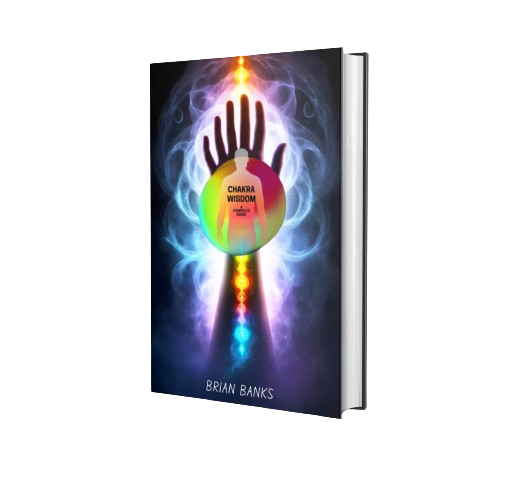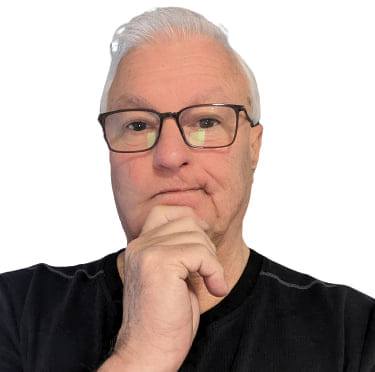Chakra Wisdom
A Complete Guide to your Chakras
Play Introduction to Chakra Wisdom
About Chakra Wisdom
What I have created for you is a powerful guide where you will learn why your chakras are so beneficial to your physical, mental, and spiritual well-being. meditation journey. You will learn about the origins of the chakra ideology and how it has spread globally in modern life. Also, you will learn about the 7 main chakras and why they are so important.
The guide will explain for each of the 7 main chakras the signs to look out for which can indicate an imbalance. For each of the chakras, the guide will reveal proven techniques for aligning and clearing any blockages that may have occurred.
You will learn about the connection between the chakras and holistic health. The guide will explain the relationship between chakras and your physical health for example. In addition to this, the guide will reveal the impact of emotional and psychological well-being on the chakras.
There are advanced chakra practices that you can adopt to provide you with the results that you want but you need to be cautious here because if you get these wrong, they can do more harm than good. The guide will reveal the impact of Kundalini awakening and other advanced techniques as well as the ethical considerations for using advanced chakra practices.

What’s inside
What are Chakras
History of Chakras
7 Main Chakras
Signs of unbalanced chakras
How to balance your chakras
Advance Chakra Practices
Sample of Chapter 1
1. Understanding the Chakra System
The ancient concept of the 7 chakras, meaning “wheels” in Sanskrit, offers a fascinating glimpse into holistic beliefs about the energy centers in our bodies that influence our physical, mental, and spiritual health. With roots in Hindu and Buddhist traditions dating back over 3,000 years, understanding and balancing our chakras is still relevant today for overall wellness.
A Brief History of Chakra Ideology
Evolution and Diversification of Chakra Ideology
In tracing the intricate tapestry of chakra ideology, we uncover a narrative woven across centuries, continents, and belief systems. From its origins in ancient Indian spiritual traditions to its global influence in contemporary practices, the concept of chakras has evolved and diversified, reflecting the human quest for spiritual understanding and well-being.
Origins in Ancient India
The roots of chakra ideology can be traced back to the ancient spiritual texts of India, particularly within the framework of Hindu and Buddhist philosophies. The earliest mentions of chakras appear in the Upanishads, sacred texts dating back over 3,000 years, where they are described as centers of energy within the subtle body. These energy centers, it was believed, play a crucial role in regulating physical, mental, and spiritual health.
In Hindu tradition, the chakras are depicted as spinning wheels or vortices of energy located along the spine, from the base to the crown of the head. Each chakra is associated with specific qualities, such as vitality, intuition, and divine connection, and is believed to correspond to particular physiological functions and emotional states.
Spread and Adaptation
As Indian spiritual practices spread beyond the subcontinent, so too did the concept of chakras. Buddhist teachings incorporated similar ideas, though with variations in terminology and interpretation. Tibetan Buddhism, for instance, emphasizes a system of subtle energy channels (nadis) and energy centers (chakras), which align closely with the Hindu understanding but are integrated within a broader framework of spiritual practices.
Integration into Western Thought
The introduction of Eastern spiritual practices to the West during the 20th century sparked a renewed interest in chakra ideology among Western spiritual seekers. Influential figures such as Carl Jung and the Theosophical Society played significant roles in popularizing these concepts, contributing to their integration into Western psychological and esoteric thought.
Chapters
Pages
The information provided in this book is for educational purposes only. It is not intended to diagnose, treat, cure, or prevent any disease. The practices and techniques described herein are based on ancient traditions and holistic healing principles. Readers are advised to consult with a qualified health professional before beginning any new practice, especially if they have any pre-existing medical conditions or concerns. The author and publisher disclaim any liability or responsibility for any adverse consequences resulting directly or indirectly from the use or application of the information contained in this book.
About the author.

Over 10 years ago, I became a Reiki practitioner, and 5 years ago, my journey with Reiki & energy exploded with receiving my second-level Reiki and Reiki Master Teacher attunements.
Brian Banks

